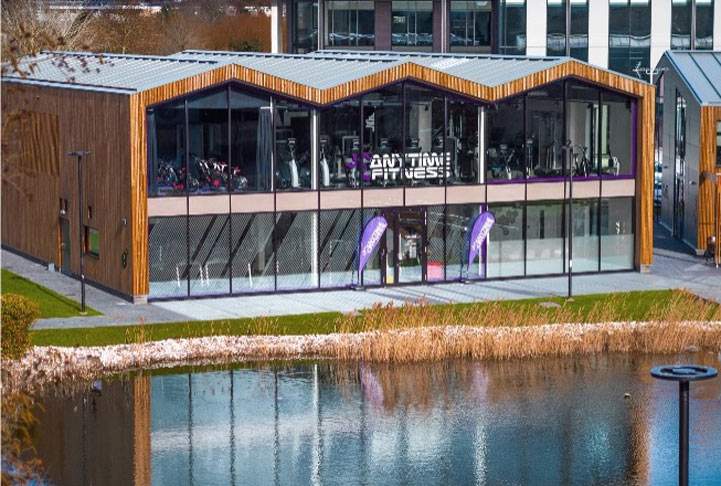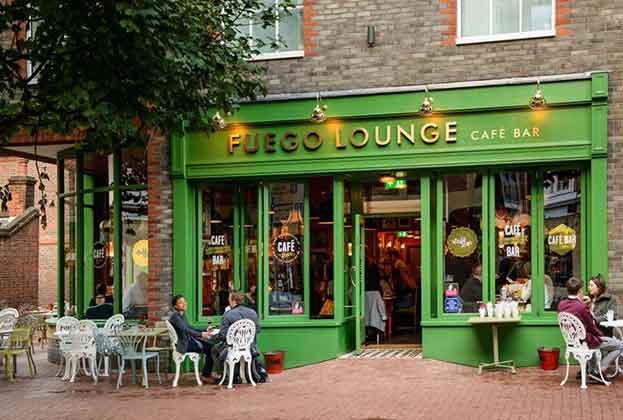Gym operators go from strength to strength as health, fitness and well-being is perhaps no longer considered a discretionary spend by the UK consumer
Like all other leisure sectors, gym operators struggled to turn a profit during the pandemic, with nationwide closures coming even earlier than other parts of the retail and leisure market due to the sector's perceived risk to the public.
Despite this, the gym market has continued to expand, both through the crisis and since the end of restrictions on the movement of consumers. Figure 12 looks at the total number of units in the UK, both multiple and independent, highlighting a steady growth in numbers since 2019. In total, there are c.700 more gyms now than there were pre-pandemic, representing a 6.7% growth in the number of multiples and a 26.6% growth in the number of independents. Energie Fitness (99), PureGym (72), The Gym (48), Anytime Fitness (38) and JD Gyms (38) have seen the biggest portfolio growth in that time.
Gyms, of course, reopened in the UK around spring last year. It appears the appetite for consumers to visit the gym since then has been strong. PureGym, for example, has reported strong trading in the first quarter of its financial year, following on from its recent private equity investment.
The group, which operates more than 300 venues across the UK, reported adjusted EBITDA of £25m on total revenue of £116m for the quarter ending March 2022. This compared to an EBITDA loss of £25m in the equivalent period of 2021, when its venues were closed due to Covid-19 lockdowns. Revenue in Q1 2022 was also up 7% on the same period of 2019, with group membership totalling £1.68 million at the end of the quarter, up 21 % on March 2021.
For many health, fitness and wellbeing is perhaps no longer considered a discretionary spend by many UK consumers
Sam Arrowsmith, Director, Commercial Research
As a result, a total of £11.3m was spent on expansion in Q1 2022, including eight new corporate-owned sites, growing its estate to 514 sites. Furthermore, last December, PureGym announced a £300m investment from private equity firm KKR to support its expansion. There are plans to more than double the size of the group to more than 1,000 sites over the medium term.
Similarly, Anytime Fitness reached an impressive landmark in January, opening its 200th club across the UK and Ireland, after completing on 20 deals in 2021. The continued performance and unwavering growth in the sector's representation suggest that despite consumer concerns over the cost of living increasing, for many health, fitness and wellbeing is perhaps no longer considered a discretionary spend by many UK consumers.
Time will tell whether this proves to be the case and will of course be dependent on how bad inflation gets over the next few months. It is likely that the operators at the value end of the market will therefore thrive the most as consumers look to make savings on their monthly outgoings.

PureGym | PureGym (along with its main competitor The Gym) continues to dominate the low-cost gym market. Whilst expansion was put on hold during the pandemic, PureGym is now back on the acquisitions trail, moving away from the smaller high street format and towards the traditional bigger box starting from around 10,000 sq ft up to 20,000 sq ft. The strength of the PureGym covenant is almost unmatched in a sector where the majority of operators are franchise-led or start-ups. This has meant it has been able to agree much more favourable terms. Despite operating over 300 sites already, PureGym has aspirations for further expansion across the UK.

Anytime Fitness | Anytime Fitness is the largest franchise gym operator in the UK with over 180 sites. This forms only a small fraction of its portfolio however, as it covers over 4,000 locations in 50 different countries. Anytime has been able to differentiate its offer by focusing on a smaller footprint of c. 6,000 sq ft, meaning it can fit into units proving too small for its competitors PureGym and The Gym. Anytime operates several different models of fit-out, which flex to suit the consumer demographic –this means costs for the club and members can be kept aligned with affordability.
Read the articles within Spotlight: UK Leisure – 2022 below.
.jpg)






